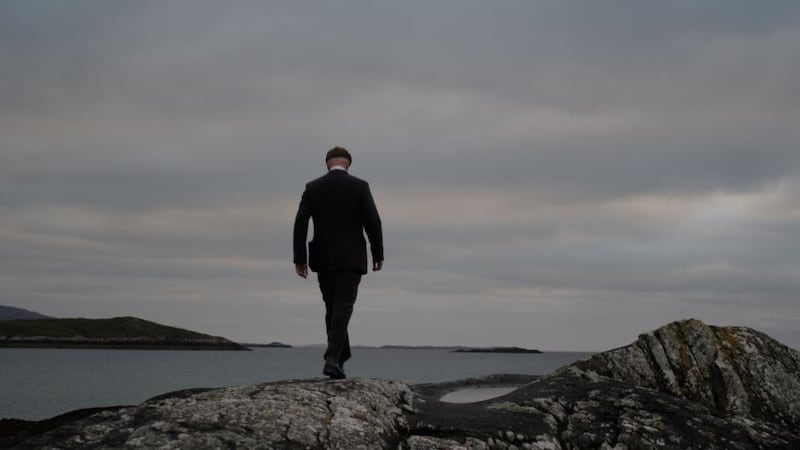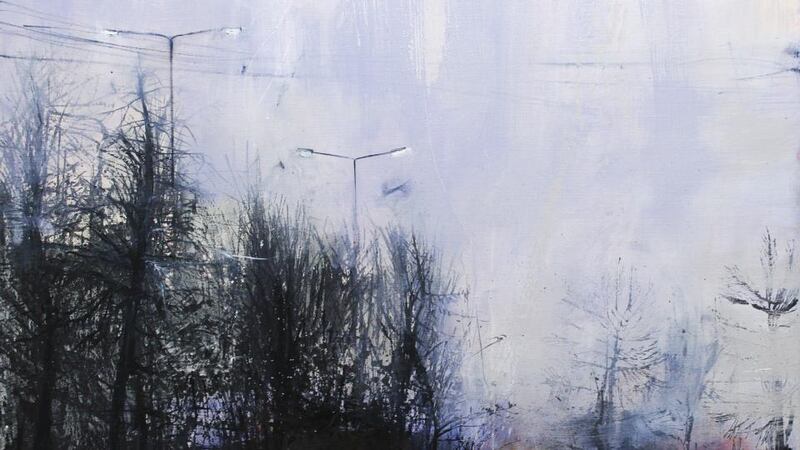It’s only a slight exaggeration to say that art fairs have quietly taken over the art world. Commercial galleries, even those in prime international locations, while retaining prestige and economic clout, have been forced to adapt to the new world order. They have had to accept tough schedules of travel and promotion, forsaking their fine galleries for stalls in the marketplace. The potential rewards are great, because people who spend most on contemporary art like art fairs. You can see why. In a few hours potential buyers can see a vast range of work handily congregated in one venue.
Several Irish galleries, including the Kerlin, Mother's Tankstation, Kevin Kavanagh, the Rubicon and Green on Red, have, to varying degrees, made efforts to attend some of the most significant international fairs and their less costly offshoots. As they have found, it's an expensive business. Even if you are willing to invest the time and the money, you can't guarantee that you'll be allowed in, and if you're allowed in, you face the uphill task of building up your own and your artists' profiles.
Given the rise of fairs, it’s interesting to note that the leading Irish galleries have been historically slow about committing themselves to showing at successive manifestations of a Dublin contemporary art fair. And with reason. Early on the main problem was that what was on offer was usually something of a hybrid, developed on the model of the seasonal art-and-craft fair, with all the attendant arty-crafty associations. There’s nothing wrong with such fairs, but they are something specific in themselves.


It was Louis O’Sullivan who finally managed to come up with a workable format, by co-locating a contemporary art fair, Art 2007, with the Interior Design Fair at the RDS. Rather than mixing the two, the contemporary art was sited next to the antique fair in the Serpentine Hall of the RDS. Most of the established galleries, South and North, participated. There was an incredible buzz about the event. Building on an auspicious debut, the fair looked like becoming a reliable annual fixture.
So far, so good. Then the economic collapse stopped the Irish art market in its tracks. Fast-forward several years and the contemporary art fair re-emerged as Vue, in a new, central city venue, the Royal Hibernian Academy on Ely Place. It's managed to consolidate itself there in adverse economic circumstances. As this year's instalment opens with a private viewing on Thursday evening next, the big question is whether the widely advertised change in economic sentiment will have a measurable effect on the local art market.
One way or another, it's a fantastic event, an opportunity to breeze through representative selections from most Irish contemporary art galleries, not alone the Dublin ones. Several other significant galleries will be there, including Belfast's Fenderesky, Catherine Hammond of Glengarriff, the Claremorris and, appropriately, the Irish Arts Review. It's also a chance, incidentally, to see the incomparable products of Stoney Road Press. This year, as well, Vue is joined by Portfolio, a showcase of contemporary Irish craftmakers. Vue & Portfolio are at the Royal Hibernian Academy, Dublin Oct 31-Nov 2
Quaternion Quest – Aisling O’Beirn
The Lab and the National History Museum, Dublin
**
On October 16th, 1843, the mathematician Sir William Rowan Hamilton was walking across Broome Bridge on the Royal Canal in Dublin when the radical solution to a difficult problem suddenly dawned. Not having pen and paper to hand, he inscribed the complex equation on to the bridge. He was wondering how complex numbers, if interpreted as points on a plane, could be treated algebraically, and the answer involved the use of a theoretical fourth dimension. His insight has enabled myriad practical applications since. That's the intriguing starting point for Aisling O'Beirn's Quaternion Quest at The Lab.
However, she mostly treats the circumstances and the concept in terms of loose analogy. She makes an improvised, DIY bridge structure, in lengths of wood and clamps, between lower and upper floors in The Lab, perhaps alluding to Broome Bridge and Hamilton’s feat in bridging geometry and algebra.
Several examples of knitting symbolise the generation of a fourth dimension: a nice idea, but the samples are pedestrian. Predominantly, she uses several sculptural gimbals, the widely used geometrical structure underlying gyroscopes, presumably to symbolise the rotation of points on planes. The gimbals, employing a range of domestic materials including cookie cutters, tin cans and containers, are deft and witty, and they are pleasing sculptural objects – as are all her works – but the link with Hamilton is not persuasively made, and no real insight is offered.
That conclusion is reinforced by a video, which enlists contributions from several technical experts, but can't seem to figure out what to make of them. Until Nov 8, thelab.ie
Aether – Martin Healey
(Curated by Mary Cremin)
Oonagh Young Gallery, Dublin
****
Step around the corner from The Lab, to the Oonagh Young Gallery, and you'll find quite a different approach to theoretical enquiry. Aether, Martin Healey's short film, meditates on two ideas: the theoretical medium presumed to permeate all of space, and the lure of creating a perpetual-motion machine, a mechanism that might defeat the laws of thermodynamics. His rich oeuvre has to date dealt with our susceptibility to myths.
In his film, an unnamed narrator prowls a shoreline landscape, elaborating on the nature of the aether, implicitly and very effectively linking it to the enveloping ocean. The narration draws on several sources, including Einstein and the conceptual artist Agnes Denes.
The exterior setting alternates with an interior, representing Paul Scheebert's late-19th-century bid to build a perpetual-motion machine. It conjures up that dreamy era of infinite possibility, when the uncertainty of natural law might lead to everything or nothing. Until Oct 30, oonaghyoung.com












